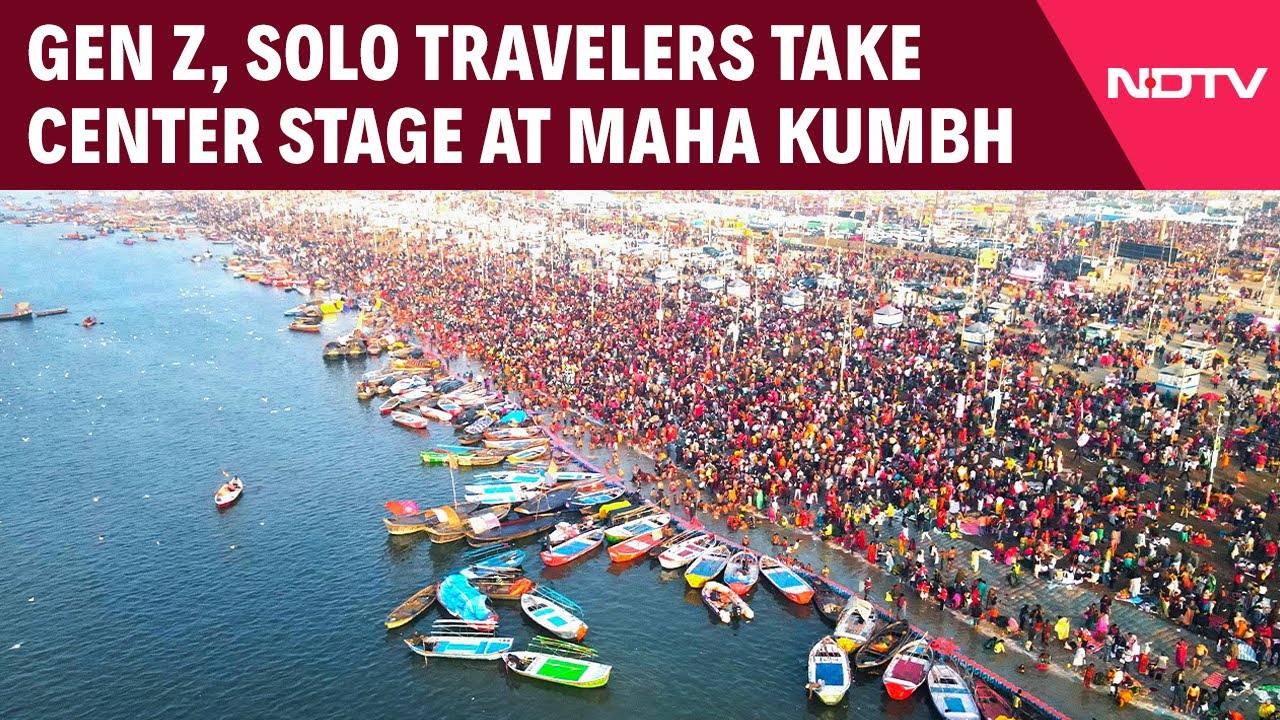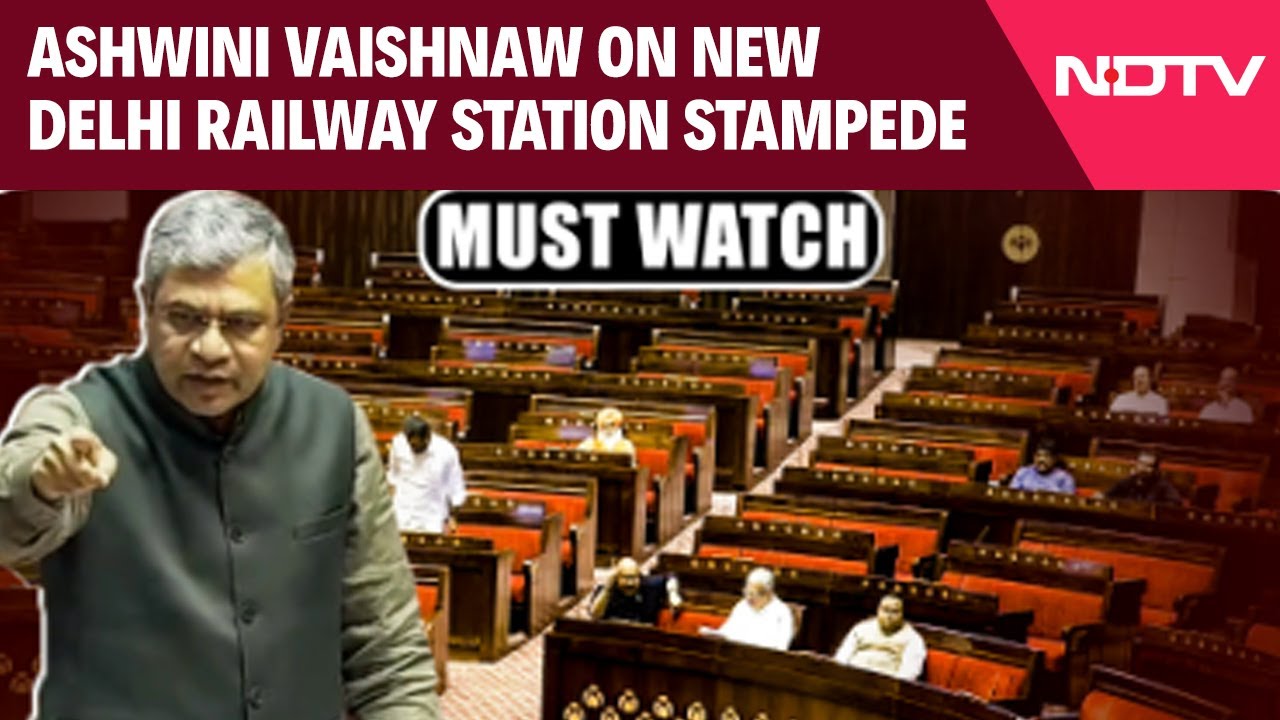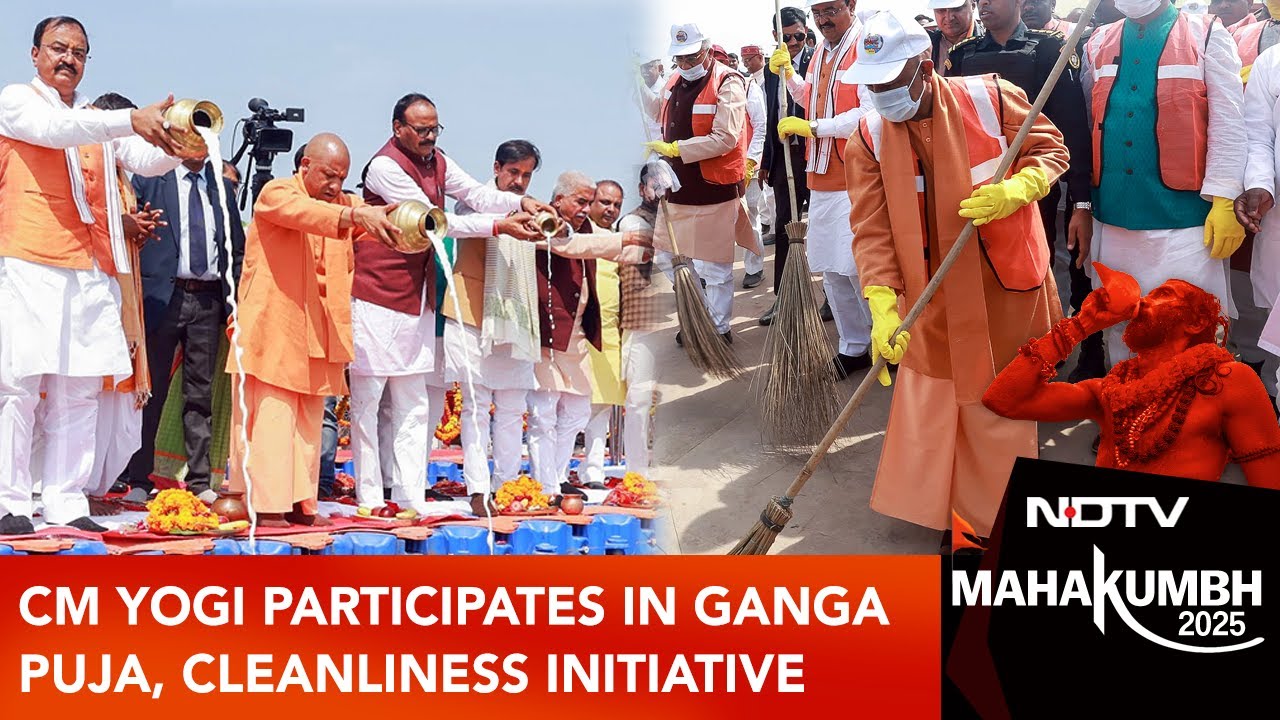Will Steps After Delhi Stampede Prevent Disasters?
A day after a stampede at the New Delhi railway station led to the deaths of at least 18 people, Indian railways is looking at enhancing crowd management measures at the station. Sources in the ministry said there will be a 'complete overhaul' of crowd-control measures and protocols across the country. There is a high level committee that is investigating what happened, but officials say the stampede was triggered by a rush of a group of passengers at the New Delhi Railway Station, from one platform to another.
To prevent such incidents in the future, colour-coded enclosures, 'enhanced tech' to monitor crowds, monitoring of crowds on footover bridges, landing areas and crisis-management training to local officials are in place. Also as part of a six-month campaign, Railway sources have said Delhi's stations, the railway stations of the national capital, could undergo 'significant improvements to enhance passenger safety and amenities. 60 stations across the country that usually see overcrowding will have permanent holding spaces. Crowds at nearly 35 stations connecting directly to Prayagraj will be monitored on a real-time basis by a centralised 'war room'. This is critical since 90 per cent of Kumbh devotees (the overall number swells in a Maha Kumbh year such as this) come from four states within 300km of Prayagraj. Religious gatherings in India have been prone to stampedes.
On January 29th prayagraj saw a stampede in the early hours of dawn that killed at least 30 people Infact in. 2013, a study published in the International Journal of Stampede Reduction pointed out that religious gatherings and pilgrim spots account for nearly 80 per cent of the stampedes in the country. The National Disaster Management Authority has detailed guidelines for crowd management. But clearly that is not enough.
































